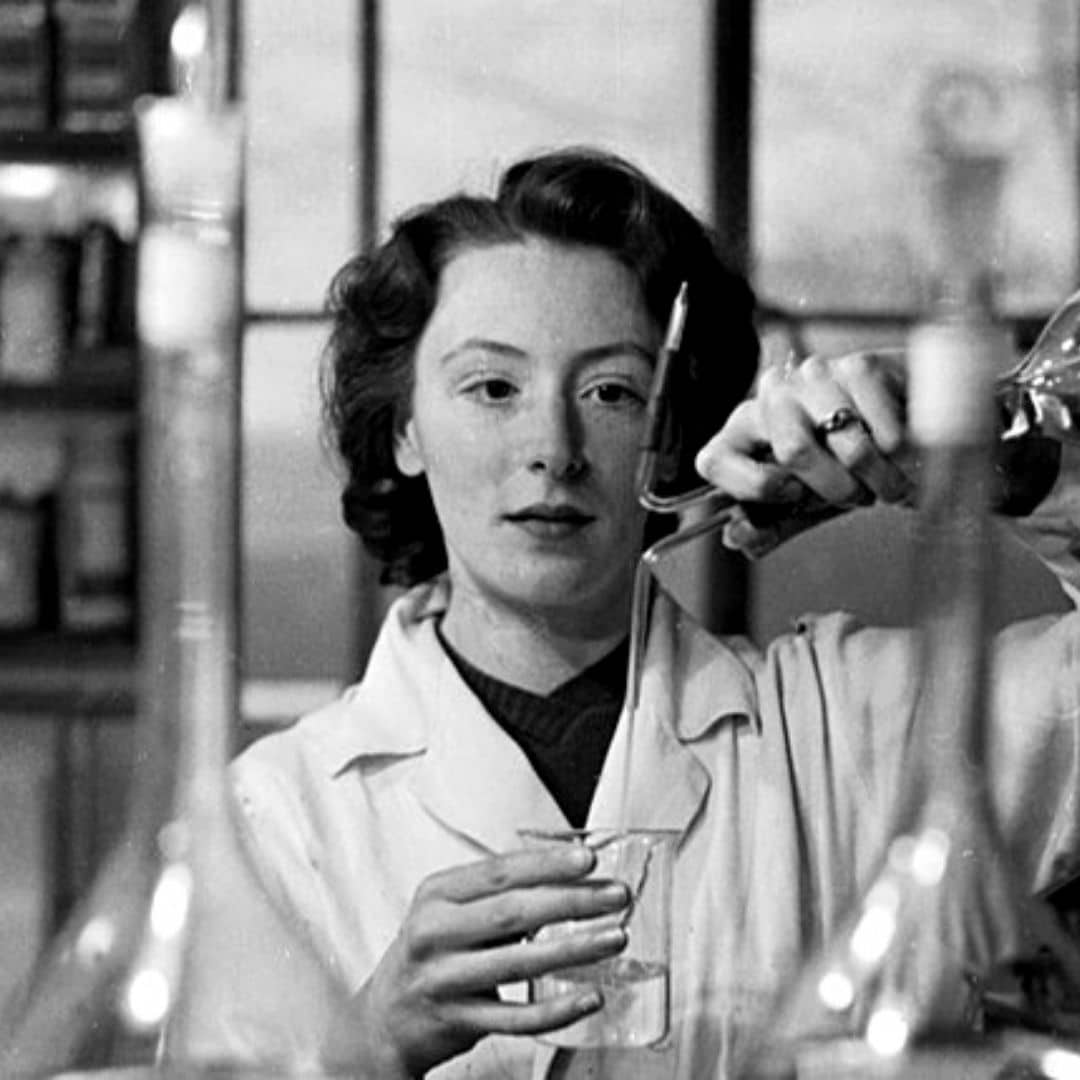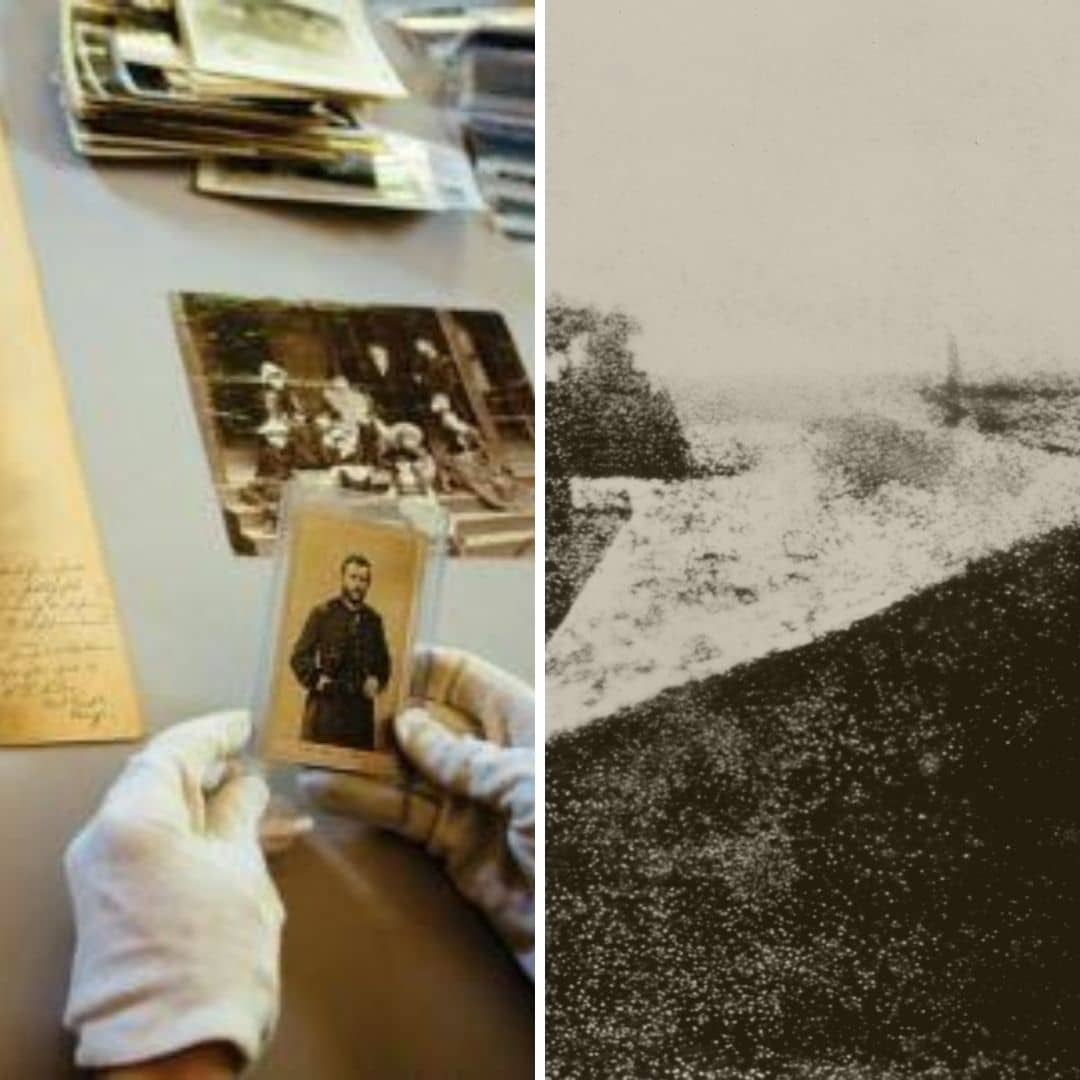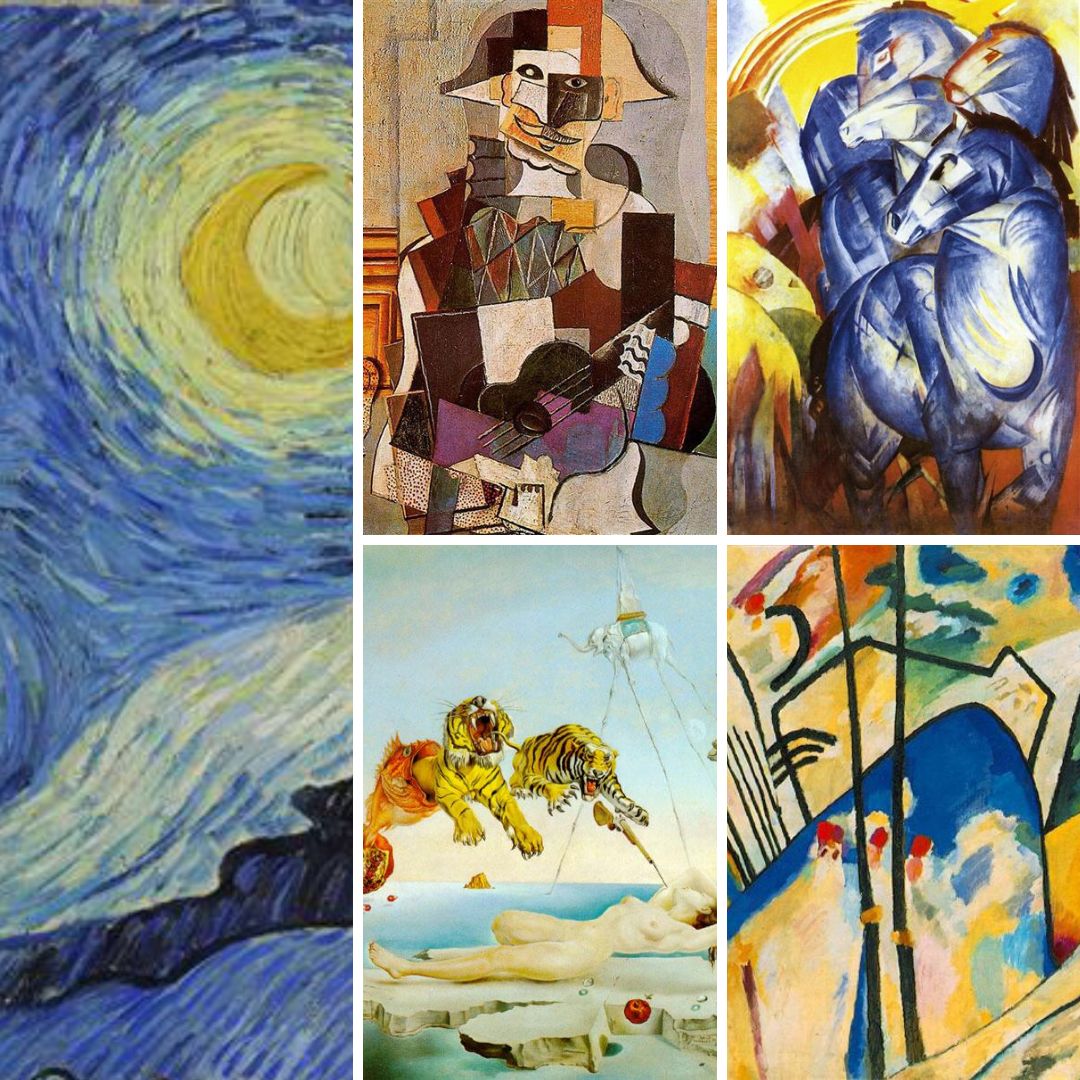The history you don’t know yet… the History of Photography !
Explore the evolution of photography through its techniques, processes, and visual revolutions.
In the online course History of Photography and Photographic Techniques, you will learn about the evolution of photography from the first photograph in the 1820s, when French physicist Joseph Nicéphore Niépce created the first positive prints, to the present day.
Language: English.
Also available in: Português
History of Photography and Photographic Techniques: From the Camera Obscura to the Digital Age
This online course with certificate offers a fascinating journey through the history of photography from the first experiments with light and image to the technological innovations of the digital age.
You will learn about the main photographic processes—such as the daguerreotype, wet collodion, silver gelatin, instant, and digital photography—and understand how each technique has influenced art, science, and society.
Aimed at students, photographers, art historians, curators, image lovers, and anyone interested in the subject, the course combines theoretical content with visual examples and historical curiosities.
At the end of the History of Photography course, participants will be able to recognize different photographic techniques, their historical contexts, and cultural implications.
What you will learn in this certified online course
Due to its relevance and need for context, the course aims to provide students with a basic understanding of the history of photography and its production.
Photographic techniques will be divided according to their most relevant period of production.
This division follows a logic established by the processes themselves, with topics developed accordingly.
Each lesson of the online course History of Photography will cover a historical period corresponding to specific technical advances in the field of photography.
Within these periods, important individuals will be highlighted and mentioned throughout.
To support your studies, the online course on the history of photography will provide various supporting documents, including a Glossary of Photographic Processes.
The course fee includes 24-hour access for an unlimited period to:
- Lessons for each topic covered
- Glossary of photographic processes
- Chronologies of inventions
- Downloadable texts
- Explanatory videos and presentations
- Links to articles, videos, and websites
- Knowledge assessment (1 final quiz)
- Certificate
Who should take this certified online course
This course on the history of photography is intended for a wide range of audiences, including professionals in the fields of history, art history, photography, design, heritage, etc.
Anyone seeking an introduction to the history of photography, the photographic process, and its main players, as well as anyone seeking to learn about or deepen their knowledge of this subject.
There are no entry requirements.
How it works
Course structure – Certified Online Course History of Photography
 Lesson 1: Introduction
Lesson 1: Introduction
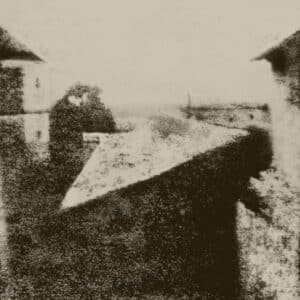
What is a photograph and what makes it up, what is the context in which the first photographs appear.
a. Man as a producer of images
b. Photography: what it is and what it consists of
Lesson 2: 1839 – 1855
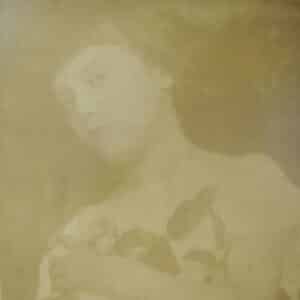
The first major advances in photographic processes
a. The Daguerreotype
b. The Calotype
Lesson 3: 1855 – 1880
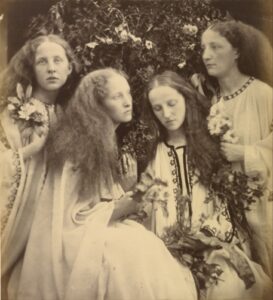
The demands of the photographic process dictate the most suitable support material. Thus, it was necessary to use a binding medium.
a. Albumin
b. Wet Collodion
c. The use of collodion negatives for albumin proofs
Lesson 4: 1880 – 1910
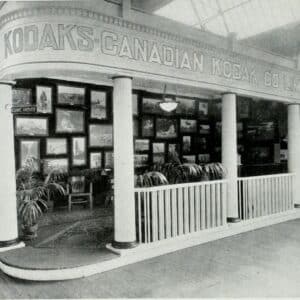
Advances in industrial production
a. Industrial Production
i. The use of gelatin
ii. Direct paper proofs
Lesson 5: 1910 – 1970
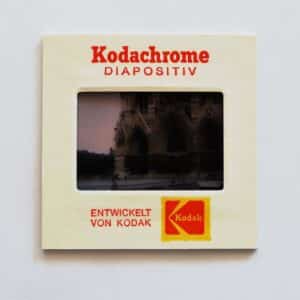
Following the technological advances of the previous decades, it was necessary to create an easier and more accessible means of supporting transportation.
a. Film negatives
b. Paper proofs of developing prints
c. Alternative photography
Lesson 6: 1970 to present day
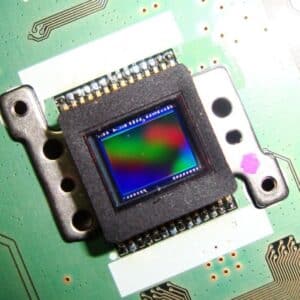
The ultimate goal now assumed by photographers was color photography.
a. Autochrome
b. Chromogenic Proof
c. Non-chromogenic proofs
d. Digital Photography



